Samsung Galaxy Fit vs. Fitbit Charge 3
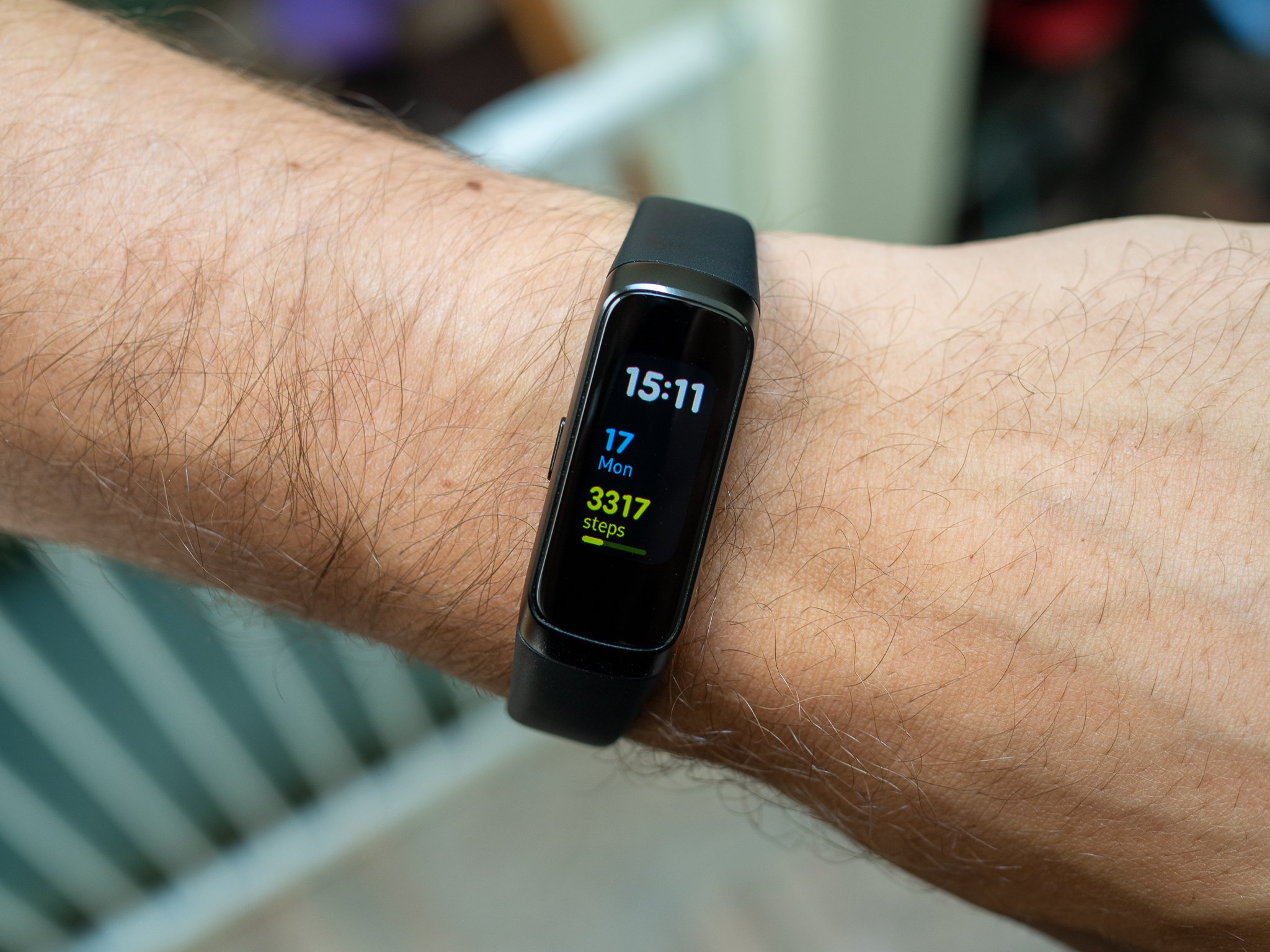
Samsung Galaxy Fit
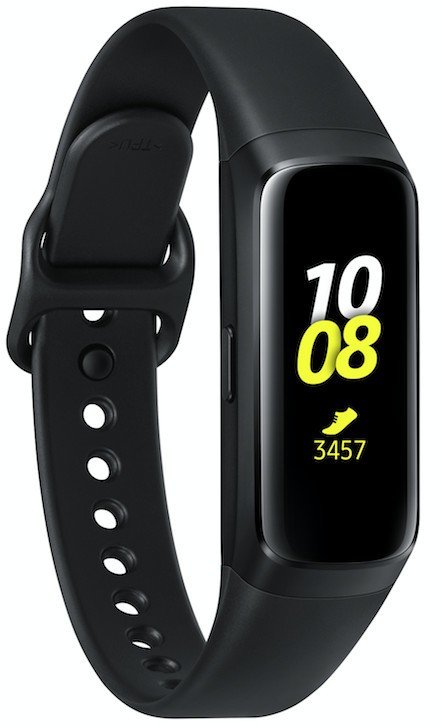
The new Samsung Galaxy Fit is an excellent choice for those who are looking to track the basics at an affordable price, including heart rate, sleep, and activity. It's not a smartwatch by any means, and it doesn't pretend to be. You'll have what you need: nothing more, nothing less.
Samsung Galaxy Fit
Affordable fitness tracker
Fitbit Charge 3
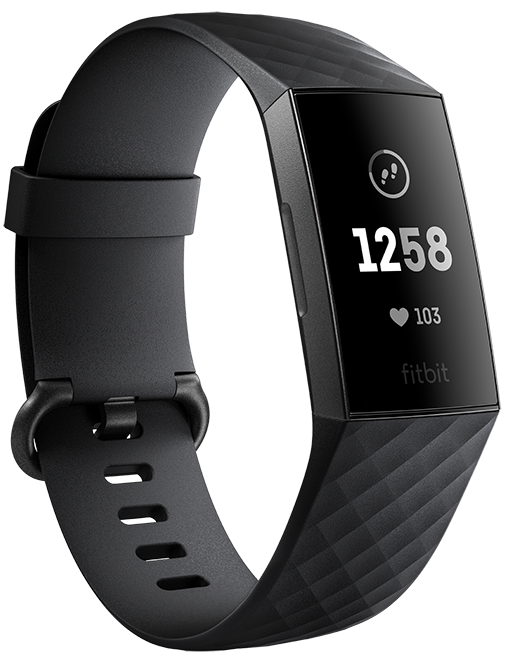
The Fitbit Charge 3 does precisely what it sets out to do. You'll have a sold fitness tracker with plenty of information on your progress that'll help you meet your goals. You'll also have some bonus features, like menstrual cycle tracking, connected GPS, and NFC on the Charge 3 special edition.
Fitbit Charge 3
Fitbit's smartest tracker
Over the years, both Samsung and Fitbit have been steadily releasing various types of wearables to the market. The competition is still going strong, especially when it comes to fitness trackers. Whether this is your first time checking out the options or you're looking to upgrade your current device, there's no shortage of options to choose from.
You'll find that the Samsung Galaxy Fit and the Fitbit Charge 3 are both worthy fitness companions for the casual athlete. They're alike in many ways, but there are a couple of key differences that might cause you to lean one way or the other. It's hard to choose a definite winner considering how similar they are, but we can try.
How are they similar?
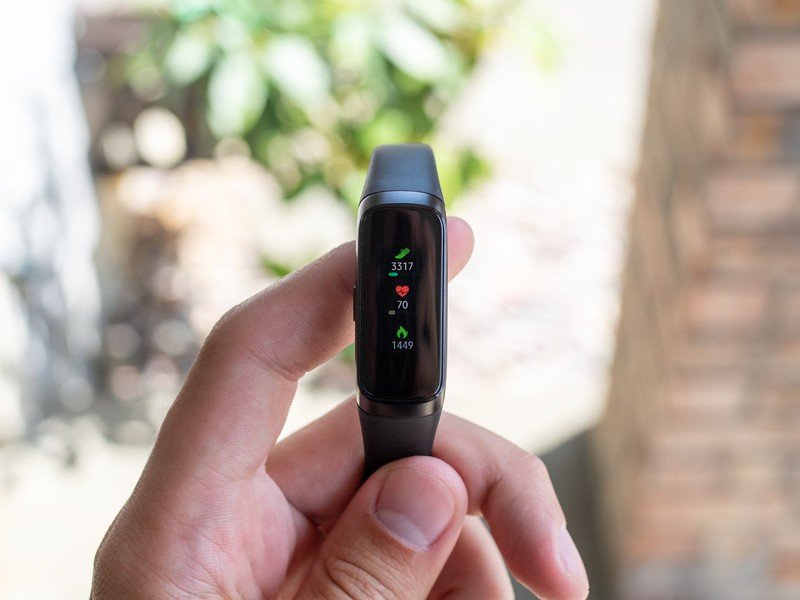
Both of these trackers have a lot to offer when it comes to tracking and bonus features. For starters, the Samsung Galaxy Fit will keep track of your daily steps, calories burned, heart rate, sleep, and stress levels. As far as activity tracking, the Galaxy Fit can track up to 90 workouts. You can use the Samsung Health mobile app to choose and customize ten of your favorite activities. Six of the workouts can be tracked automatically, including running, walking, cycling, elliptical training, rowing, and dynamic workouts. You'll need to rely on this app quite a bit since the Fit runs on Realtime OS, which is fairly limiting in what you can do from the device itself.
You'll be able to receive notifications to the Galaxy Fit and respond to messages with preset replies.
You'll be able to receive notifications to the Galaxy Fit and respond to messages with preset replies. Samsung promises seven days of battery life, which isn't bad for a handy tracker with a stunning AMOLED display. The Fit is water-resistant up to 50 meters. When you sync your smartphone to your device, you'll have easy access to apps like alarm, calendar, and weather that you can swipe through on your tracker. There's also a side button that can be programmed to your preferred workout so that it activates when you press it.
| Header Cell - Column 0 | Samsung Galaxy Fit | Fitbit Charge 3 |
|---|---|---|
| Display | Full-color AMOLED | Grayscale OLED |
| Battery life | Up to 7 days | Up to 7 days |
| Sensors | Accelerometer, gyro, HRM | 3-axis accelerometer, optical HRM, altimeter, vibration motor, relative SpO2 sensor |
| Water-resistance | 5 ATM | 5 ATM |
| Built-in GPS | ❌ | ❌ |
| Automatic activity tracking | ✔️ | ✔️ |
| Menstrual cycle tracking | ❌ | ✔️ |
| Sleep tracking | ✔️ | ✔️ |
| Smartphone Notifications | ✔️ | ✔️ |
The Fitbit Charge 3 is similar to the Fit in this aspect. You can expect the usual tracking, like steps, distance, calories burned, sleep, and a range of different exercises. There are some excellent bonuses to this, which include menstrual cycle tracking, 15 goal-based exercise modes, and a personalized cardio fitness level. The Charge 3 also has the notification feature that allows you to send quick replies if you're an Android user. This device also offers 5 ATM water resistance like the Fit.
Be an expert in 5 minutes
Get the latest news from Android Central, your trusted companion in the world of Android
While this device doesn't come with a color screen, the grayscale OLED also offers seven days of battery life. The device has everyday apps, like a timer, an alarm, and weather. Pressing the side button on the Charge 3 will take you back to the previous screen. If you hold it down, you'll access the quick settings. You can take your fitness experience further with the Fitbit App as well. You'll be able to set goals, view a snapshot of your data, and even connect with friends.
How are they different?
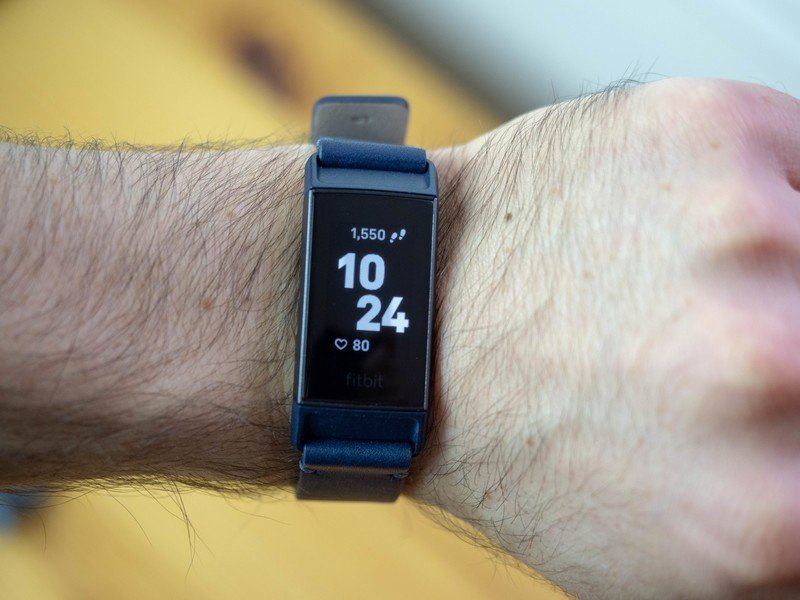
While the differences aren't massive, they could still impact your decision. You get a gorgeous color screen with the Fit. The Charge 3, on the other hand, sports a grayscale OLED. While this may not be a deal-breaker, it's still worth noting. There's a dedicated stress tracking feature on the Fit that monitors your levels and offers guided breathing exercises. You won't find a dedicated metric for this on the Charge 3, but you do have the Relax app for guided breathing sessions throughout the day based on your heart rate.
You'll also have the benefit of the real-time pace and distance feature on the Fitbit Charge 3.
Menstrual cycle tracking on the Charge 3 is available for users who want to view information on the current stage of their menstrual cycle. However, this option won't appear if you don't use the menstrual tracking feature in the Fitbit app. You'll also have the benefit of the real-time pace and distance feature on the Fitbit Charge 3. This feature isn't built-in GPS by any means. But it does allow you to connect your tracker to your phone GPS to see pace and distance on the screen during outdoor runs and rides. Last but not least, you can choose to upgrade to the special edition for $20 more if you'd like NFC for Fitbit Pay.
Wrapping up
Other than a few features, there aren't too many significant differences between the Fit and the Charge 3. With that said, if you're already partial to one of the accompanying apps, that might sway your choice. Fitbit fanatics will love all that the Charge 3 can do, including automatic activity tracking, heart rate monitoring, goal-based exercises, menstrual tracking, and so on. If you can justify paying a bit more to enjoy the extra features and the more seamless flow of Fitbit software on the Charge 3, then it just might be worth it.
For those who don't feel a sense of loyalty to Fitbit and would be happy to save some money on their tracker, the Galaxy Fit is the way to go. It's still got plenty for you to enjoy, like activity tracking, numerous workout options, stress tracking, heart rate monitoring, and more. You'll miss out on connected GPS, menstrual cycle tracking, and NFC (on the special edition), but maybe these are extras you don't find necessary anyway.
No matter which one you choose, both of these trackers will make a perfect fitness companion for the casual athlete who enjoys staying active. Given the fact that you won't be using either of these devices as a full-fledged smartwatch, both of them will serve you well. If you're already a Fitbit user or you simply want the extras, go for the Charge 3. If you're new to the game and want an affordable option that can handle the basics, go with the Fit.

Great deal and features
As the more affordable option with a similar feature set, the Galaxy Fit is worth considering. You'll have activity, sleep, stress, heart rate tracking, and more. If you won't miss menstrual tracking, connected GPS, and you don't have any attachment to the Fitbit ecosystem, this is a solid pick.

A popular favorite
There's a reason Fitbit is a giant in the fitness tracking world, and the Charge 3 is a perfect example. You'll enjoy a seamless experience between your tracker and the Fitbit app. You also get some extras, like menstrual cycle tracking and connected GPS. It costs more, but for some users, it's worth it.
Courtney Lynch is a freelance writer at Android Central. She's obsessed with all things health, fitness, and music. At any given time, she can be found checking out the latest and greatest gadgets while simultaneously petting her dog and sipping iced coffee.

